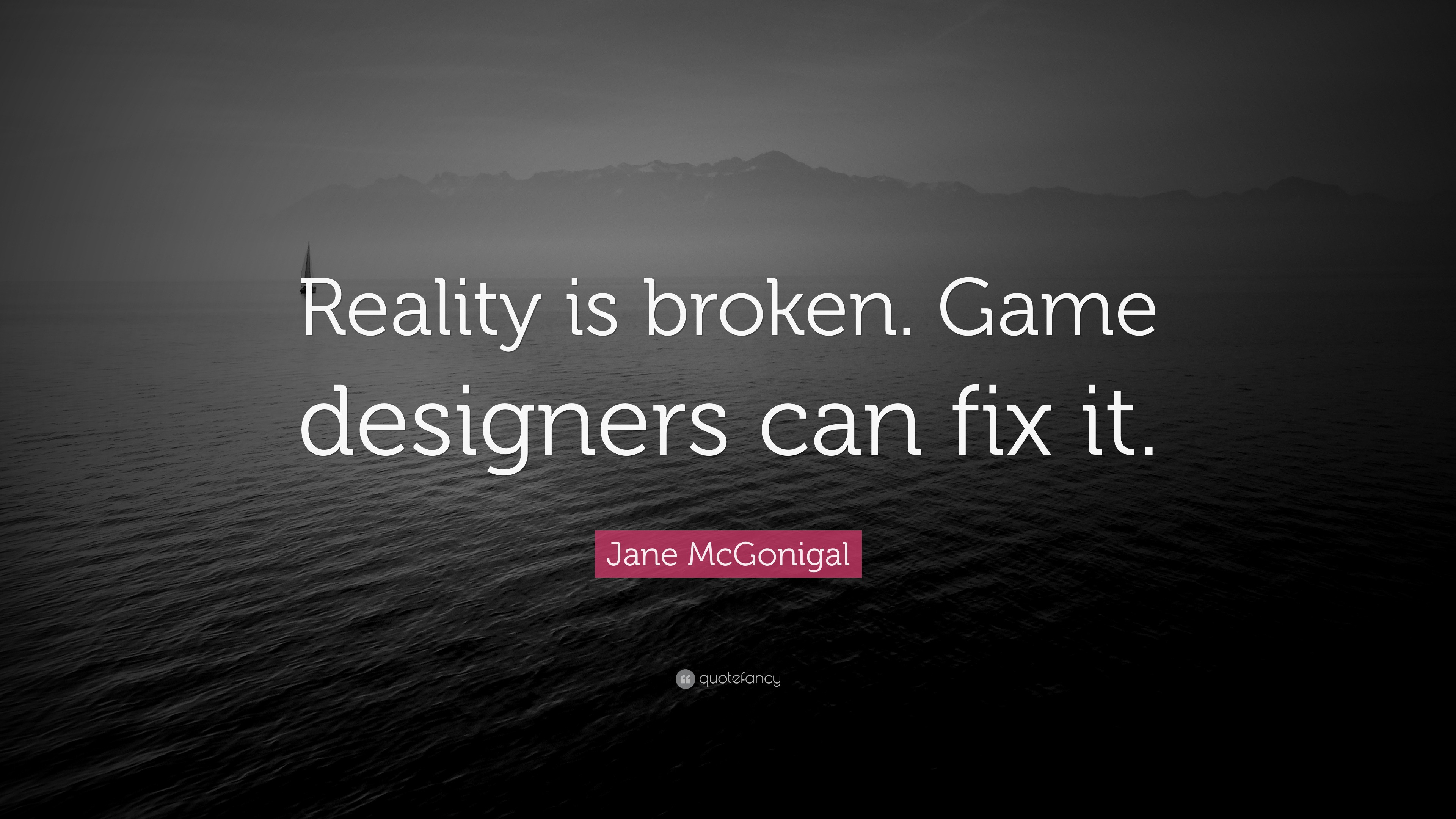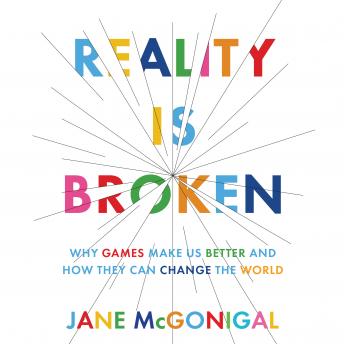


But then he masters the game and is done. Sudnow’s attention is pulled into the game even when he is not playing. McGonigal proceeds to invoke David Sudnow’s Breakout, a video game memoir about his experience with the game of the same name, to illuminate autotelic activity.

I like that McGonigal mentions the field of Positive Psychology and makes a call for games that “focus our energy, with relentless optimism, on something we’re good at and enjoy.” But Flow by itself doesn’t cover the motivational landscape that I think will help create better outcomes, what Yu-kai terms human-focused design. It does involve the Golden Corner of Core Drive 3: Empowerment of Creativity & Feedback and some post-hoc Core Drive 2: Development & Accomplishment. I could take issue with the underlying thesis that happiness, loosely defined, is the goal, but if we alter the wording to something like well being then I can follow the argument without complaints.Ĭsíkszentmihályi’s Flow theory is useful but only up to a point. This is a clear foundation from which to build or engineer happiness. I appreciate identifying the intersection of the science of happiness with the emotional evolution of the gaming industry. This futurist vision stands in large contrast to the current American Dream story, which largely makes people more unhappy. The reason self-chosen activity is good is because it works within Csíkszentmihályi’s Flow theory to product intrinsic rewards like satisfying work, the hope of being successful, social connections, and meaning.īy marrying the science of happiness with emotional evolution of the gaming industry, we can engineer happiness.

In this chapter, McGonigal makes the case that autotelic activity could be re-engineered into reality. Summary of Chapter 2 – The Rise of the Happiness Engineers Tl dr Autotelic activity is the most intrinsically motivating, giving satisfying work, a hope of being successful, social connections, and meaning. This continues the Readalong by Erik van Mechelen of Jane McGonigal’s ‘Reality is Broken’ with insights from Yu-kai Chou’s Octalysis framework.


 0 kommentar(er)
0 kommentar(er)
